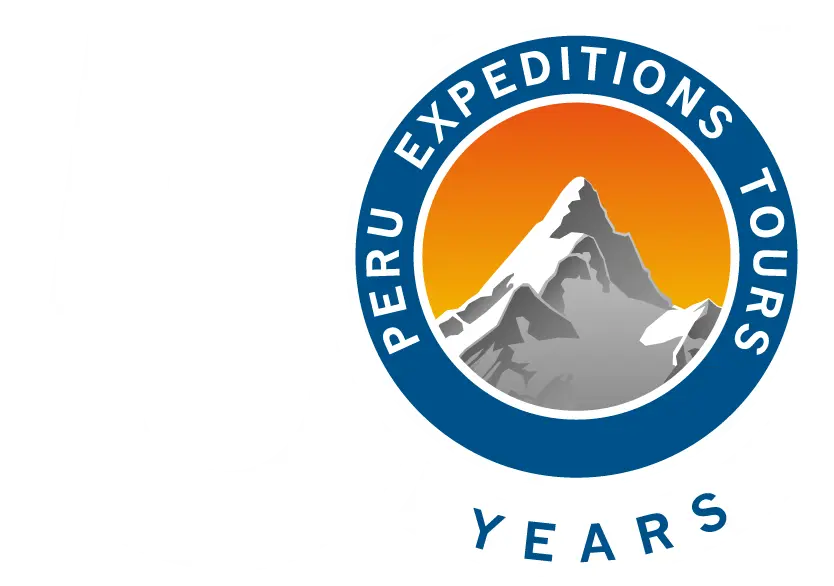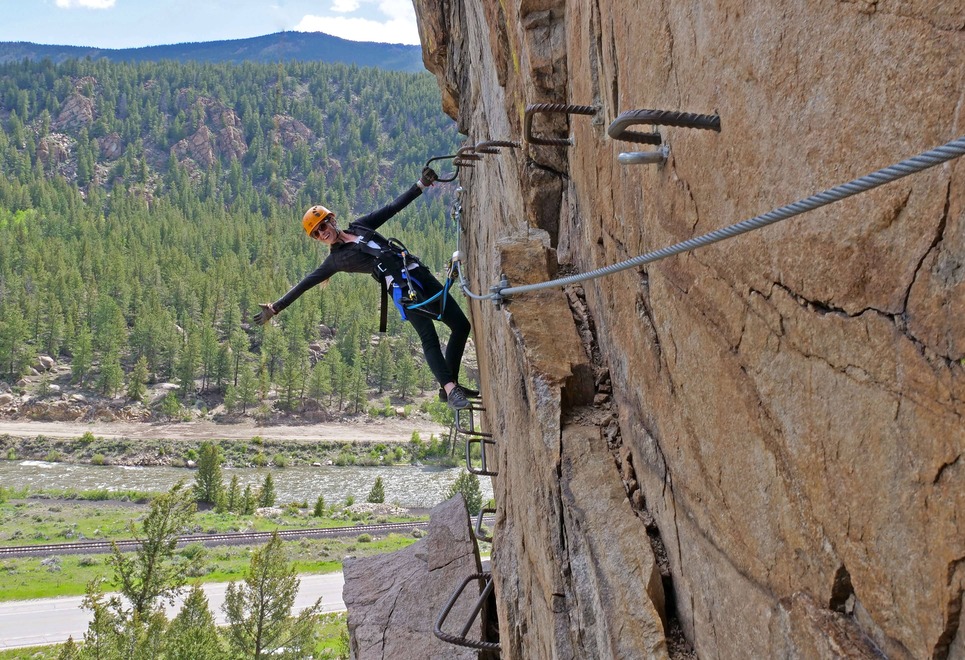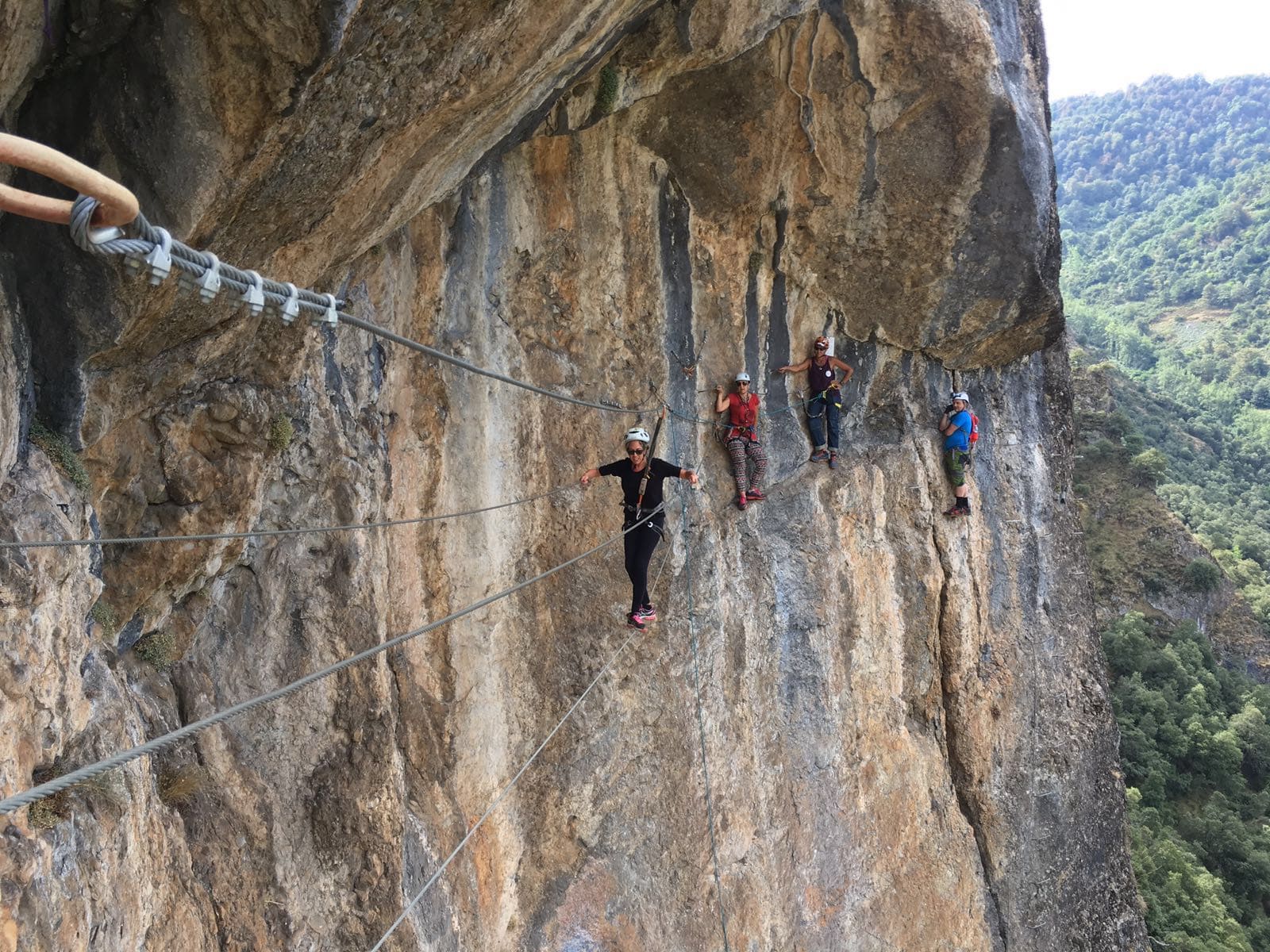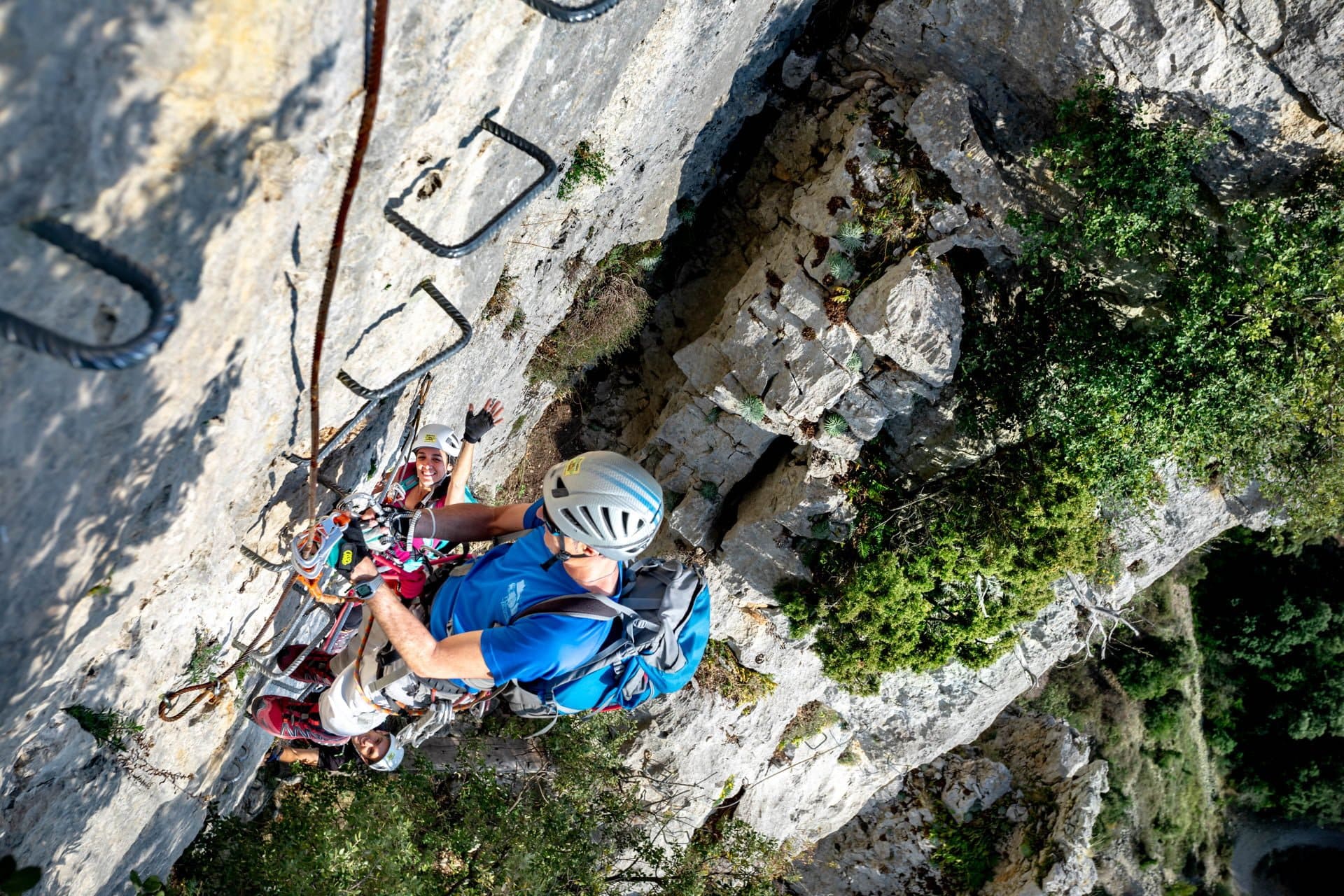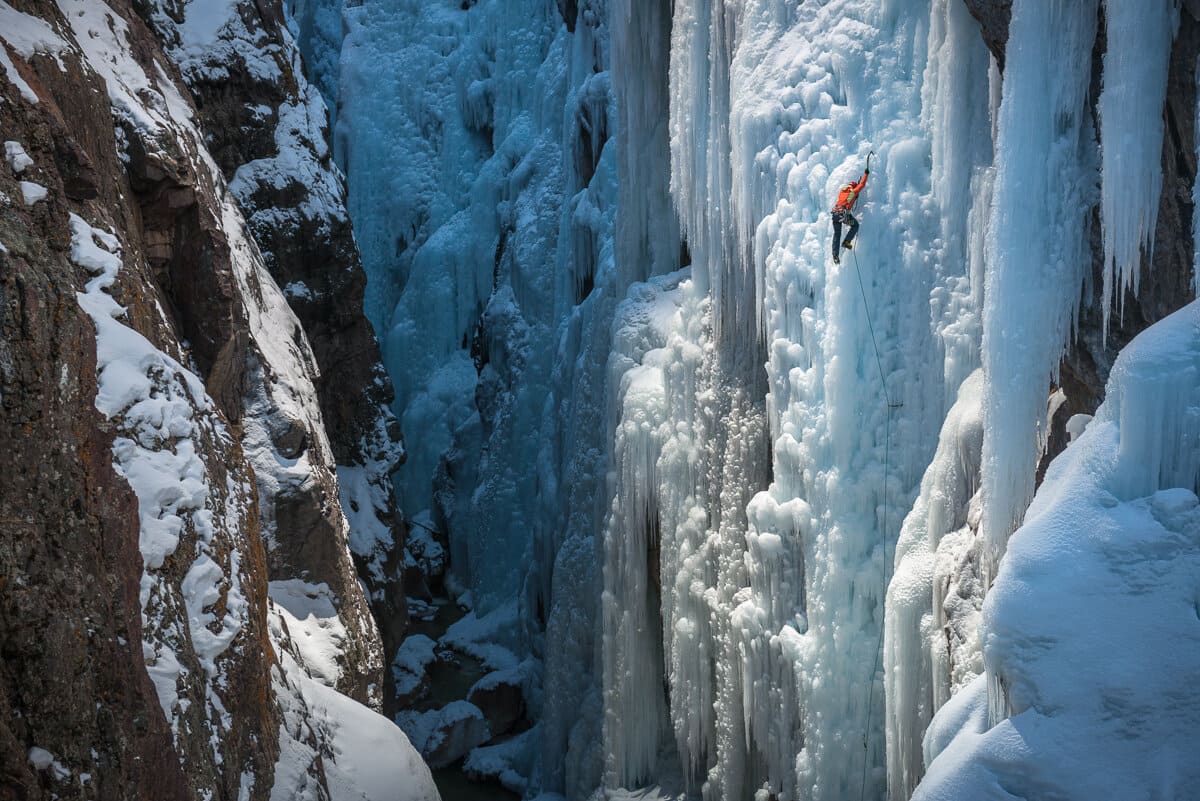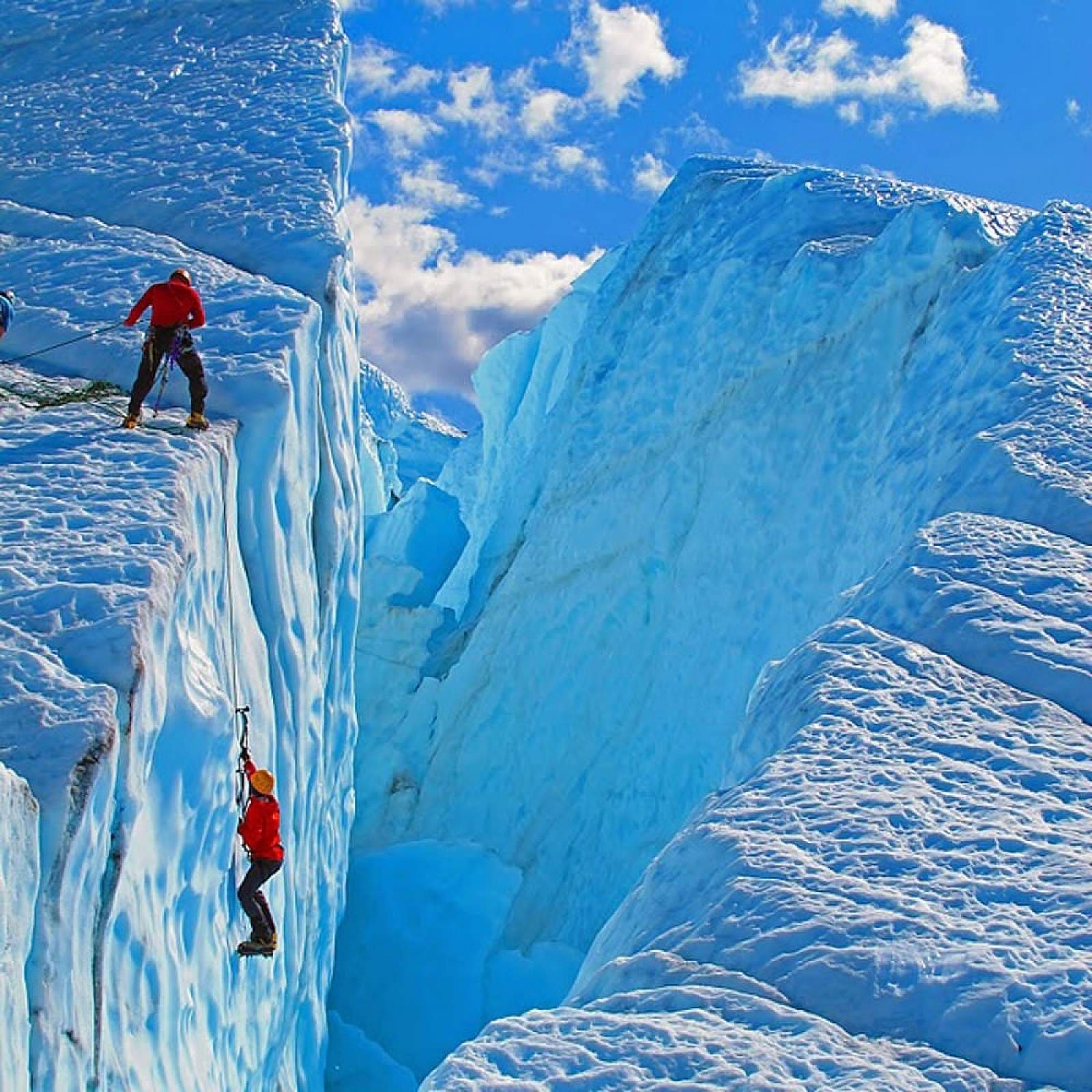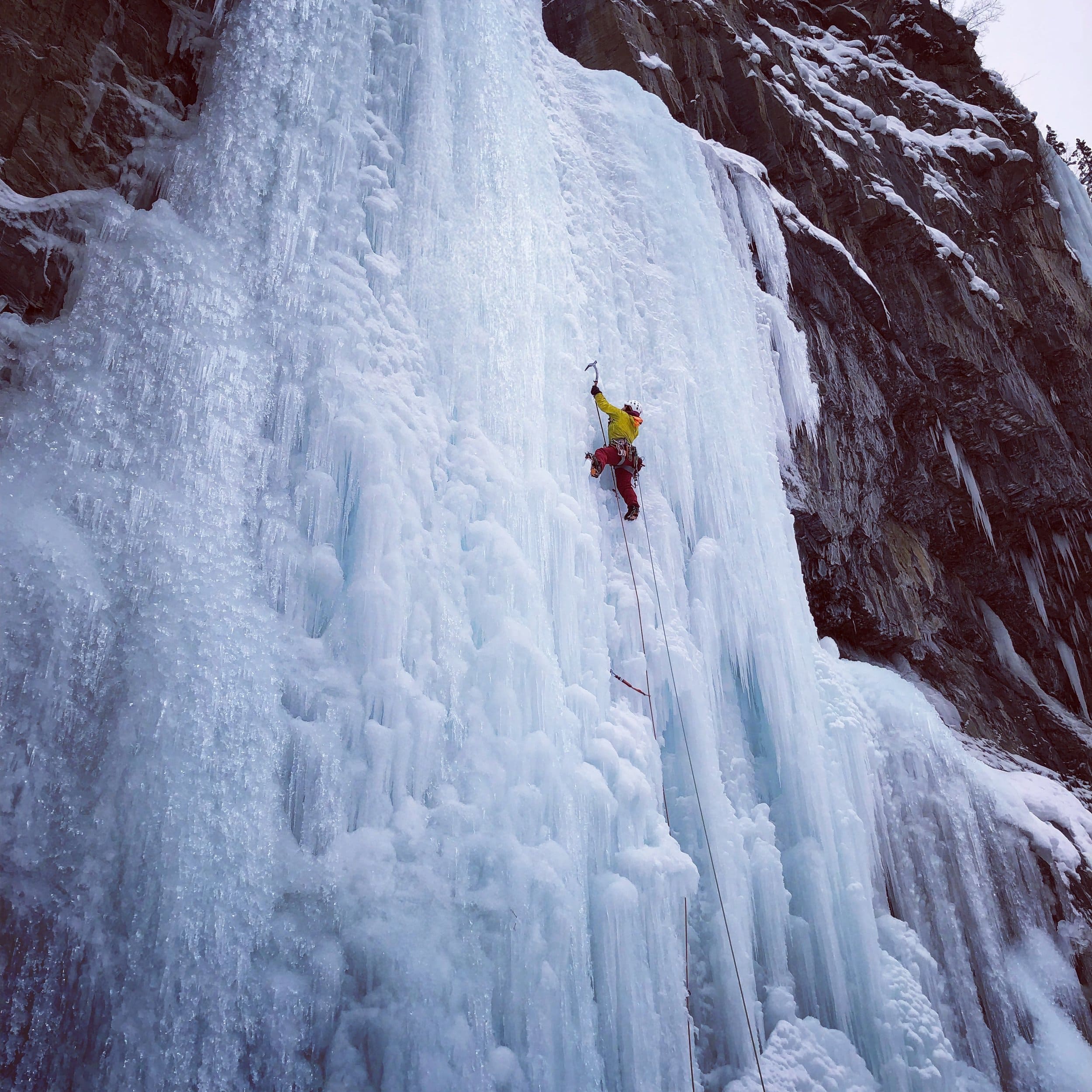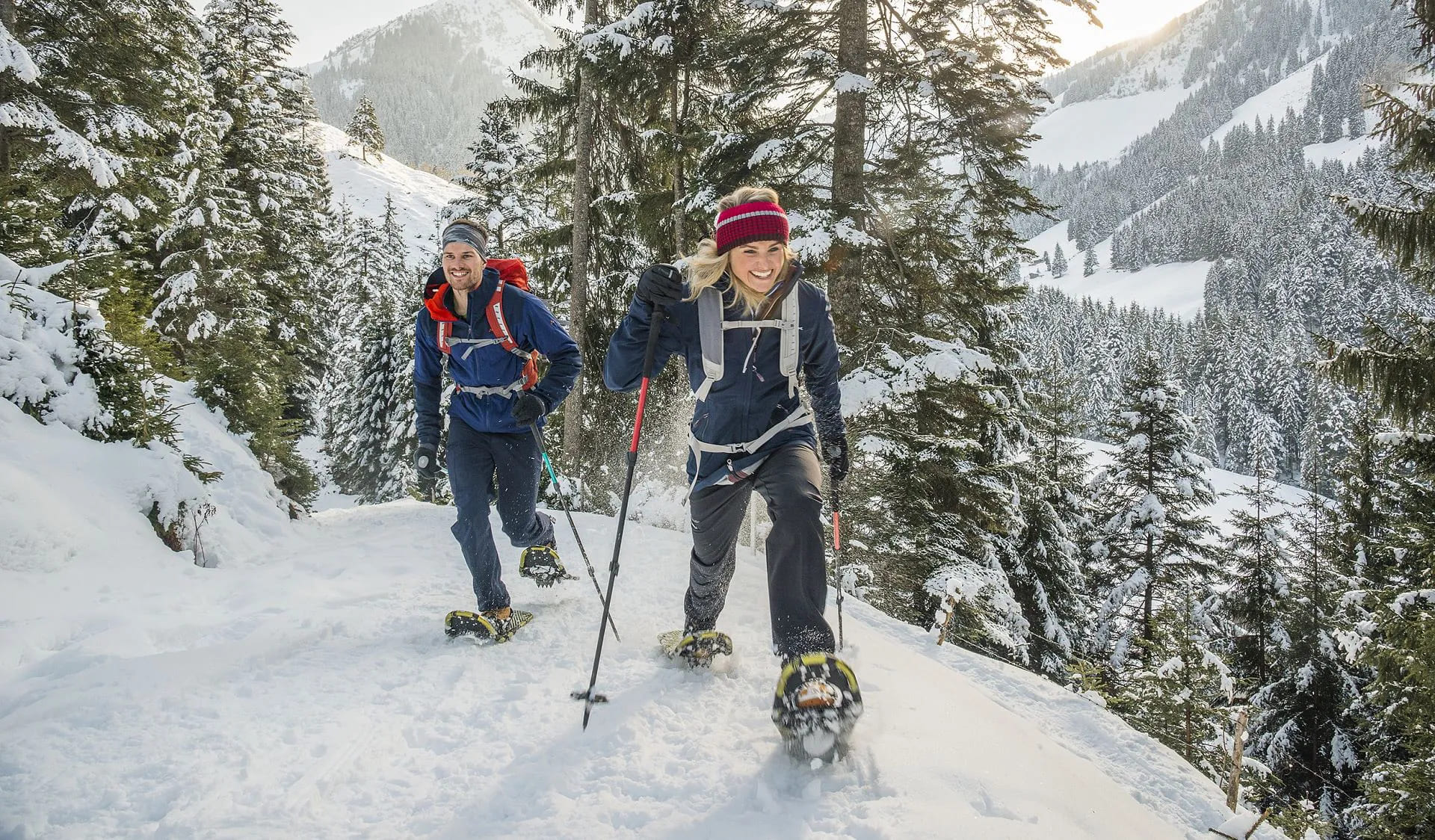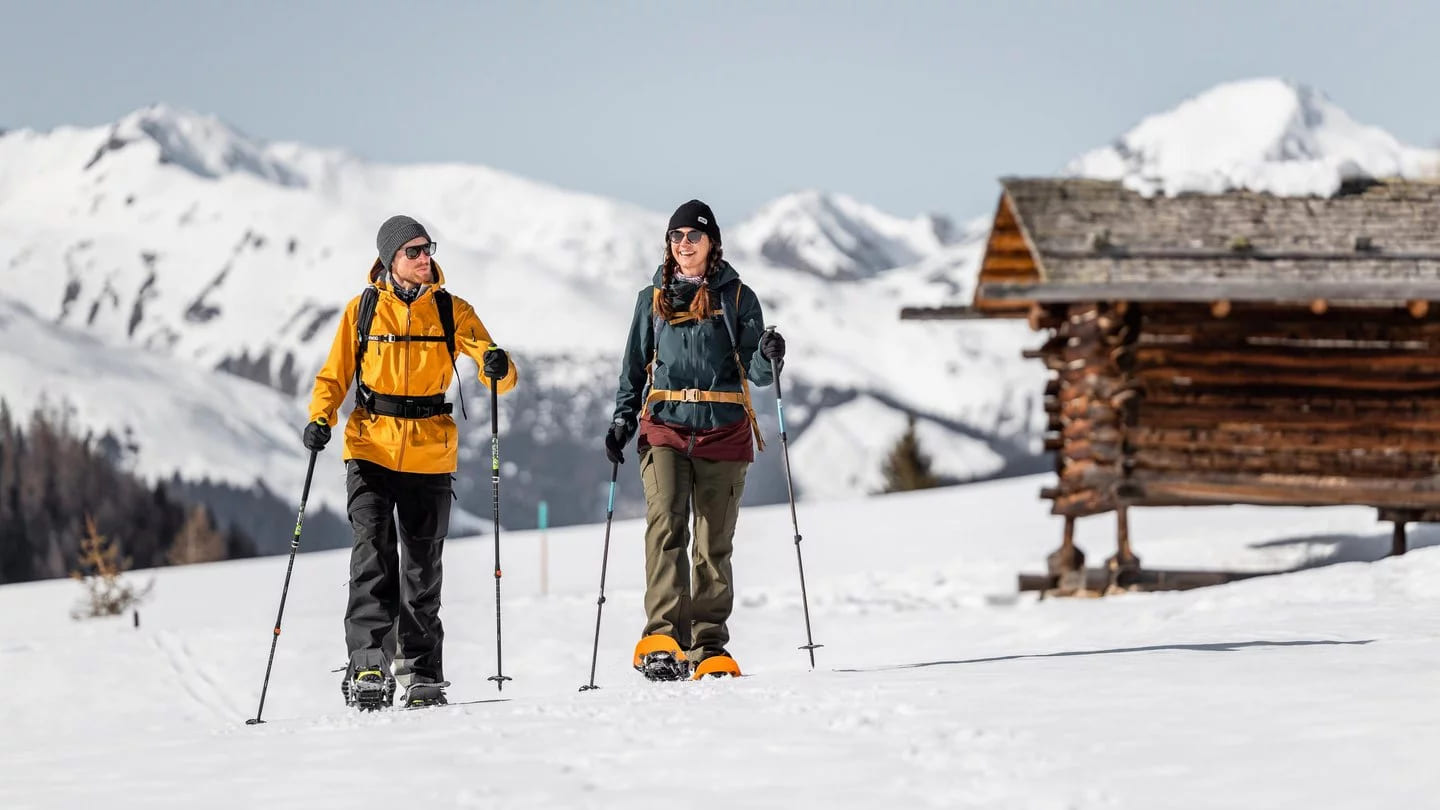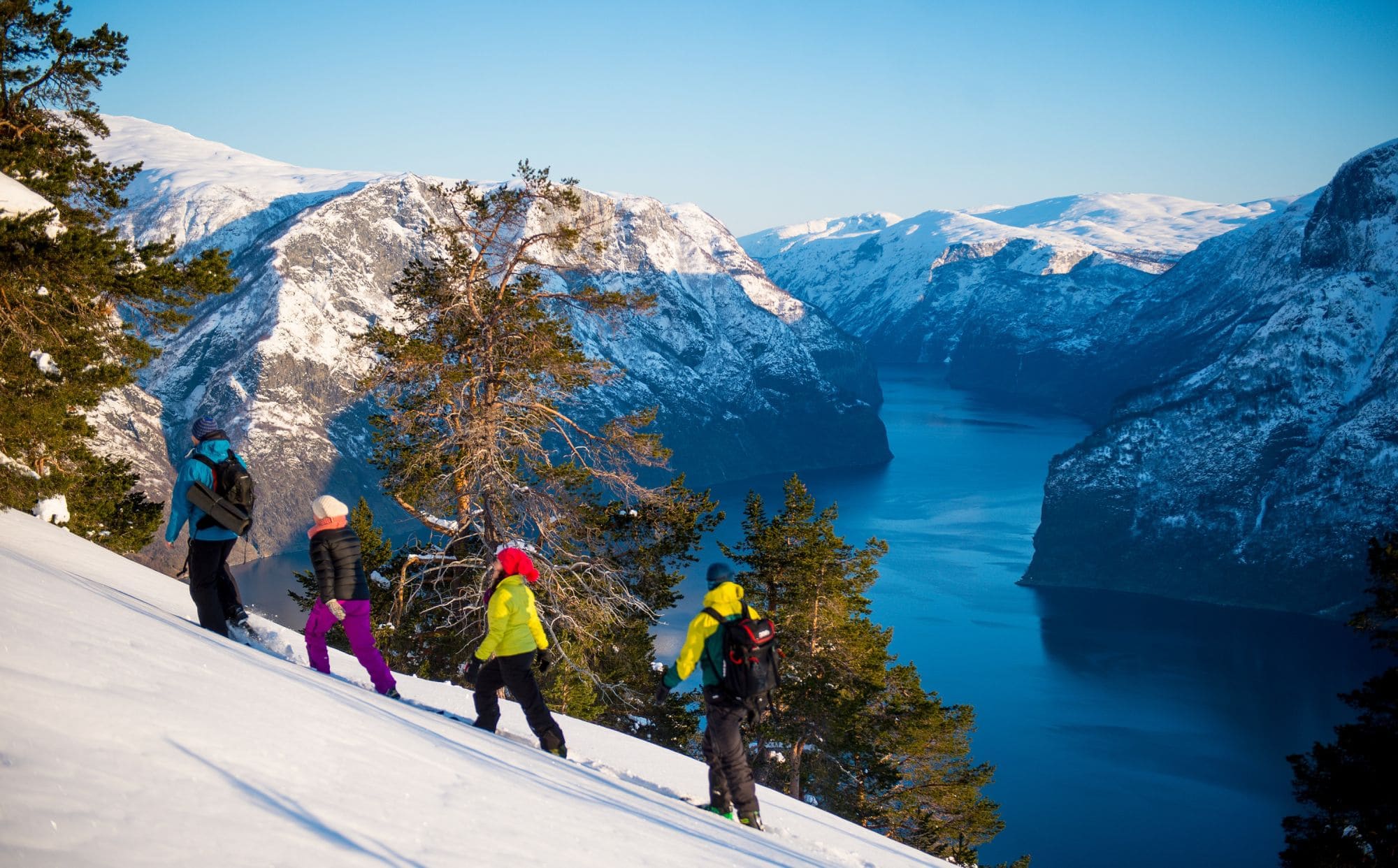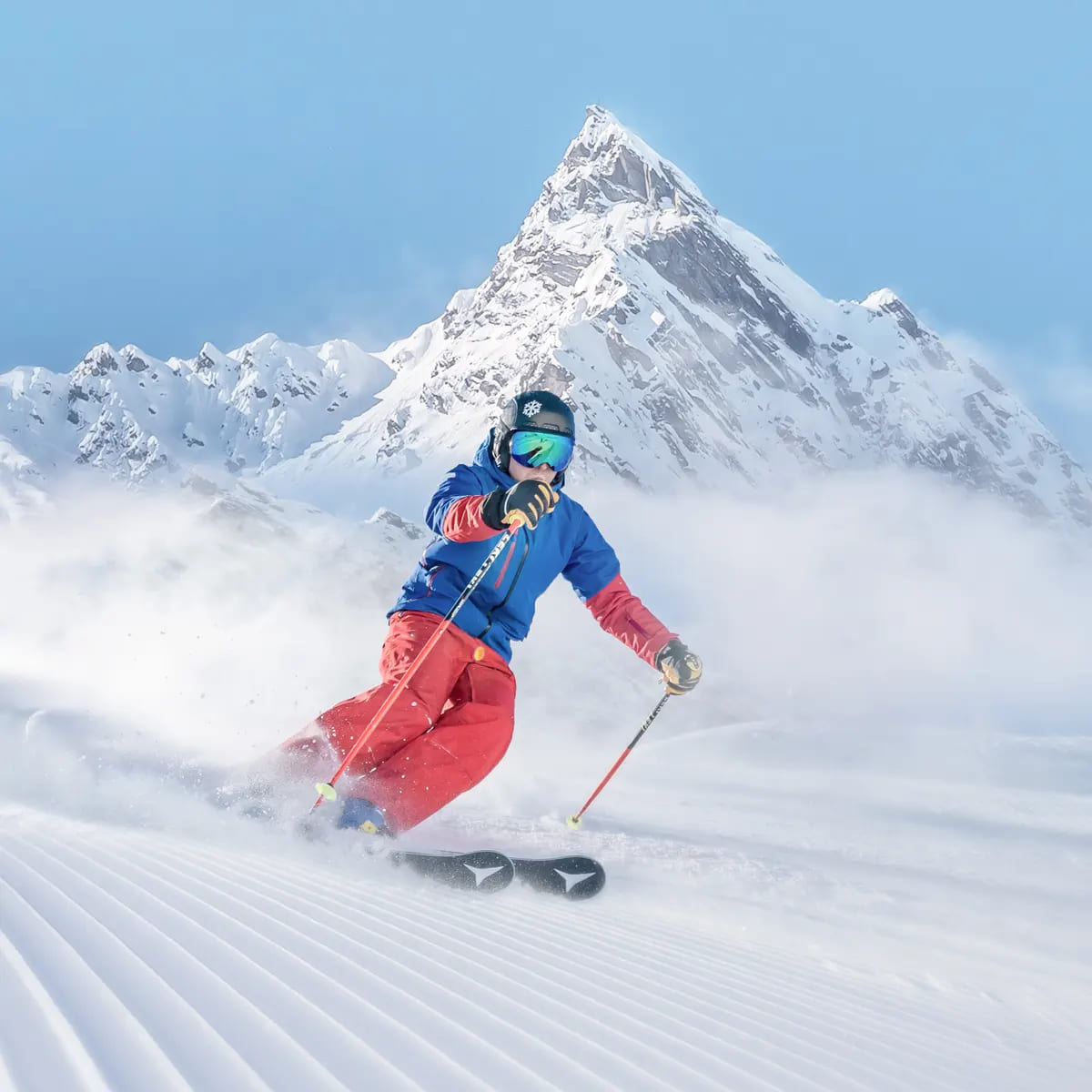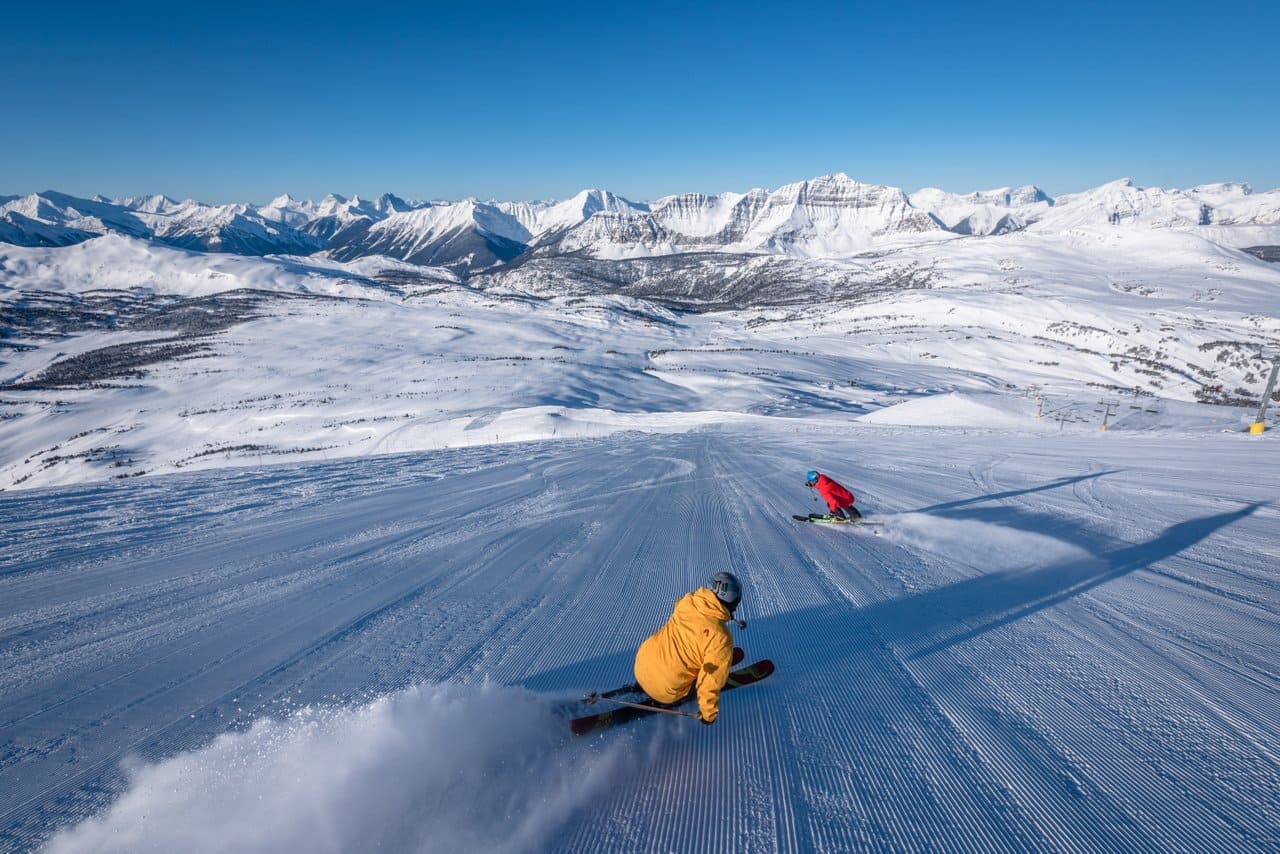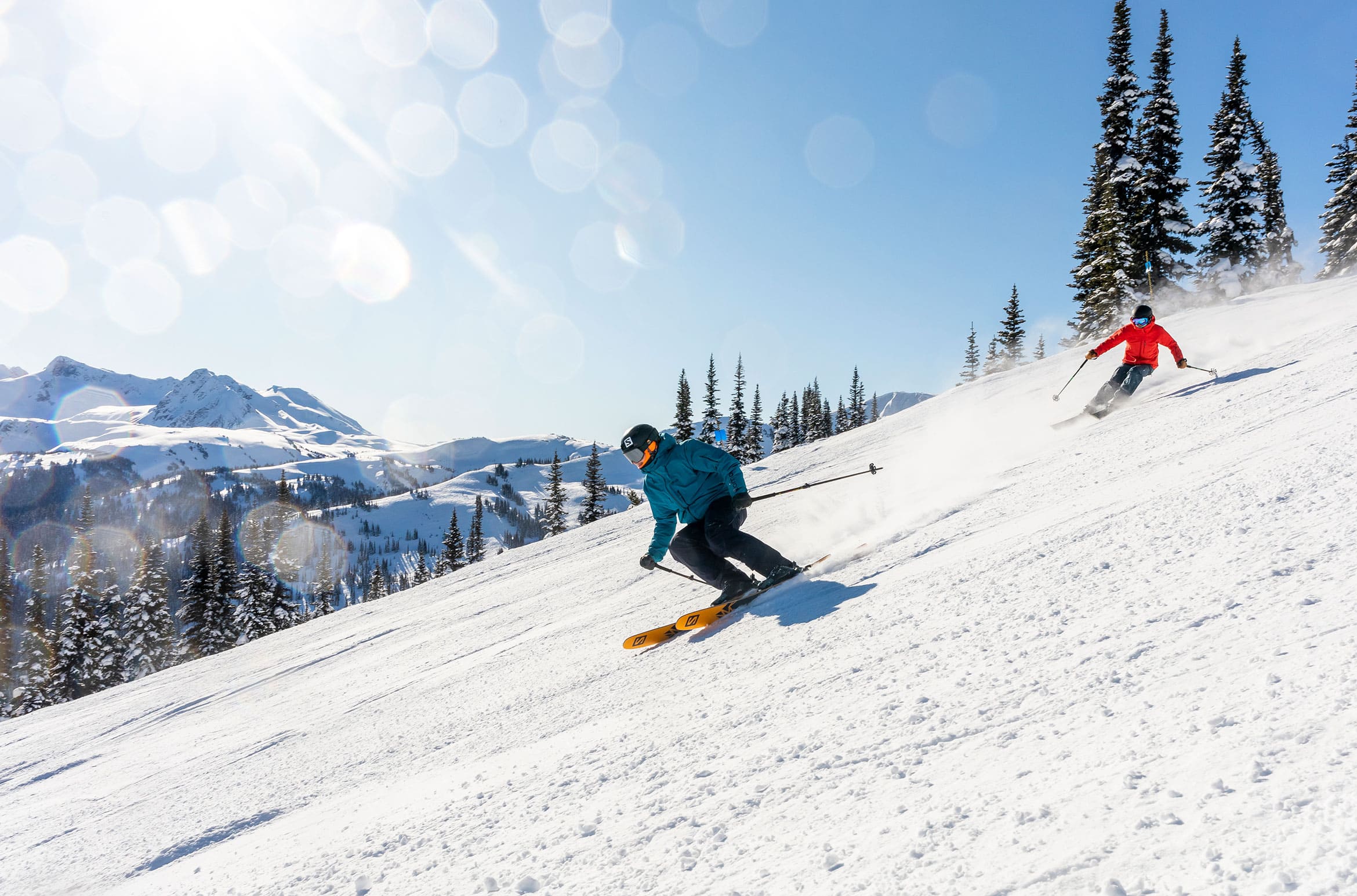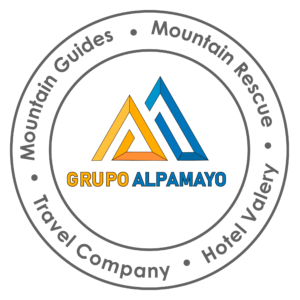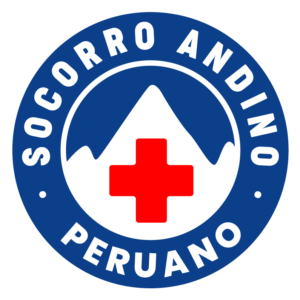Difficulty Rating
- Home
- Difficulty Rating
The mountaintop system of the Peru Expedions Tours
The Peru Expeditions Tours uses its proven mountain peak difficulty rating system to classify all programs – from training courses in the Alps to expeditions. The number of peaks shows at a glance the requirements of each tour or trip. This makes it easier for you to make the right choice.
Please understand our ratings as an important guide, which cannot, however, take into account current events such as bad weather or lack of snow. In the systematically structured training program of the Peru Expeditions Tours, you can learn all the necessary alpine techniques, apply them and practice them on site. We offer you the right course for every requirement.
Hiking & Mountaineering
Peru Expeditions Tours difficulty rating for our programs in the Alps, Europe and Afar, as well as for Expeditions
Technology
Mountain Hikes | Full Speed | Trekking | Expeditions
1 Mountain Top

You only walk on fixed paths, paths or fixed climbing facilities that can be mastered by any average mountain hiker without any special prior knowledge. On trekking tours, in exceptional cases, also with flat, crevasse-free glacier passages.
2 Mountain Top

You move mainly on fixed paths and climbing facilities, occasional pathless passages and exposed climbs require sure-footedness and a head for heights. Summit ascents in places with block terrain in the 1st degree. Exceptionally over flat glaciers, which, depending on the conditions, can be climbed on ropes or with lightweight crampons for safety reasons.
3 Mountain Top

You climb to glacier-free and glaciated peaks over stepped, in places exposed (steep terrain) rock and firn ridges, some of which also require easy alpine climbing in the I. and II. grade and walking with crampons up to an incline of 35 degrees.
4 Mountain Top

You can expect difficult ascents to mostly glaciated peaks over partly steep flanks and ridges up to 45 degrees, which require the safe mastery of crampon technique and alpine climbing in the II. and III. require degrees.
5 Mountain Top

You are dealing with difficult ascents over flanks and ridges that require the safe mastery of crampon techniques (vertical and frontal) over 45 degrees and alpine climbing in the III. degree and sch
Via Ferratas
1 Mountain Top

Fixed paths or paths with insured exposed spots (difficulty A on the via ferrata scale).
2 Mountain Top

Steep rocky terrain with ladders and steel cables (difficulty B on the via ferrata scale).
3 Mountain Top

Steep rocky terrain with longer vertical passages and ladders (difficulty C on the via ferrata scale).
4 Mountain Top

Consistently vertical rock with few resting points, often just a wire rope and step pins, sometimes slightly overhanging ladders (difficulty D on the via ferrata scale).
5 Mountain Top

Long passages in vertical and slippery rock, only with a safety rope, large overhangs with footholds (difficulty E on the via ferrata scale).
Snowshoe Hike
1 Mountain Top

You are out and about in wintry, snowy, pathless terrain with a moderate incline (steepness), which, however, requires sure-footedness from time to time.
2 Mountain Top

You climb in the snowy high mountains to peaks with a medium incline (steepness), which require a certain degree of surefootedness and a head for heights.
3 Mountain Top

You cross high alpine passes, move on glaciers and climb high alpine peaks, which, depending on the snow conditions in the upper area, sometimes require walking with light crampons up to an incline of approx. 35 degrees.
4 Mountain Top

Ascents in steep high alpine terrain, sometimes with an incline of more than 35 degrees, summit ascents mostly with crampons and on a rope.
Off-piste Courses | Ski Plus | Freeride | Ski Touring | Snowboarding
1 Mountain Top

Ascension:
No skills required.
Downhill/Ski:
You can safely ski curves on red slopes with parallel skis. In steeper terrain, the mountain ski is also chiseled out to change curves.
Downhill/Snowboard:
You master your board on all slopes.
2 Mountain Top

Ascent:
Mainly in moderately sloping terrain, sure-footedness in groomed snow. Summit ascents in places with block terrain in the 1st degree.
Downhill/Ski:
First knowledge of deep snow. You ski controlled curves in the terrain, on all slopes with parallel skis.
Downhill/snowboard:
You master your board in deep snow and in every type of snow (structure).
3 Mountain Top

Ascent:
You move in moderately steep terrain, with hairpin bends in steeper passages, glacier ascents with and without a rope. Summit ascents sometimes also require easy alpine climbing of the 1st and 2nd degree and walking with crampons up to an incline of 35 degrees.
Downhill:
Experience in deep snow is essential. You ski turns in deep snow on moderately steep terrain with your skis positioned parallel, occasionally in the mountain guide’s tracks for safety reasons.
4 Mountain Top

Ascent:
You move in high alpine, steep terrain with crampons and sometimes on a rope, summit ascents with crampons. Summit ascents require a secure command of crampon technique and alpine climbing in the II. and III. Degree.
Downhill:
You ski curves with parallel skis in deep snow in any type of snow and on steep terrain.
5 Mountain Top

Ascent:
Mainly in high alpine terrain with steep flanks and ridges, safe walking with crampons, climbing up to grade II, longer passages on the rope. Summit ascents require the secure mastery of crampon techniques (vertical and frontal) over 45 degrees as well as alpine climbing in the III. Degree.
Downhill:
You master cornering in parallel ski position in deep snow in all types of snow, also in steep and very steep terrain, also with higher speed and different radii.
Rock Climbing
1 Mountain Top

Alpine, Plaisir:
Level of difficulty I–II, 1–3 rope lengths
Sport climbing:
Difficulty level III
2 Mountain Top

Alpine, Plaisir:
Level of difficulty II–III, 1–4 rope lengths
Sport climbing:
Difficulty level IV
3 Mountain Top

Alpine, Plaisir:
Level of difficulty III–IV, 2–7 pitches
Sport climbing:
Difficulty level V
4 Mountain Top

Alpine, Plaisir:
Level of difficulty IV–V, 3–10 pitches
Sport climbing:
Difficulty level VI
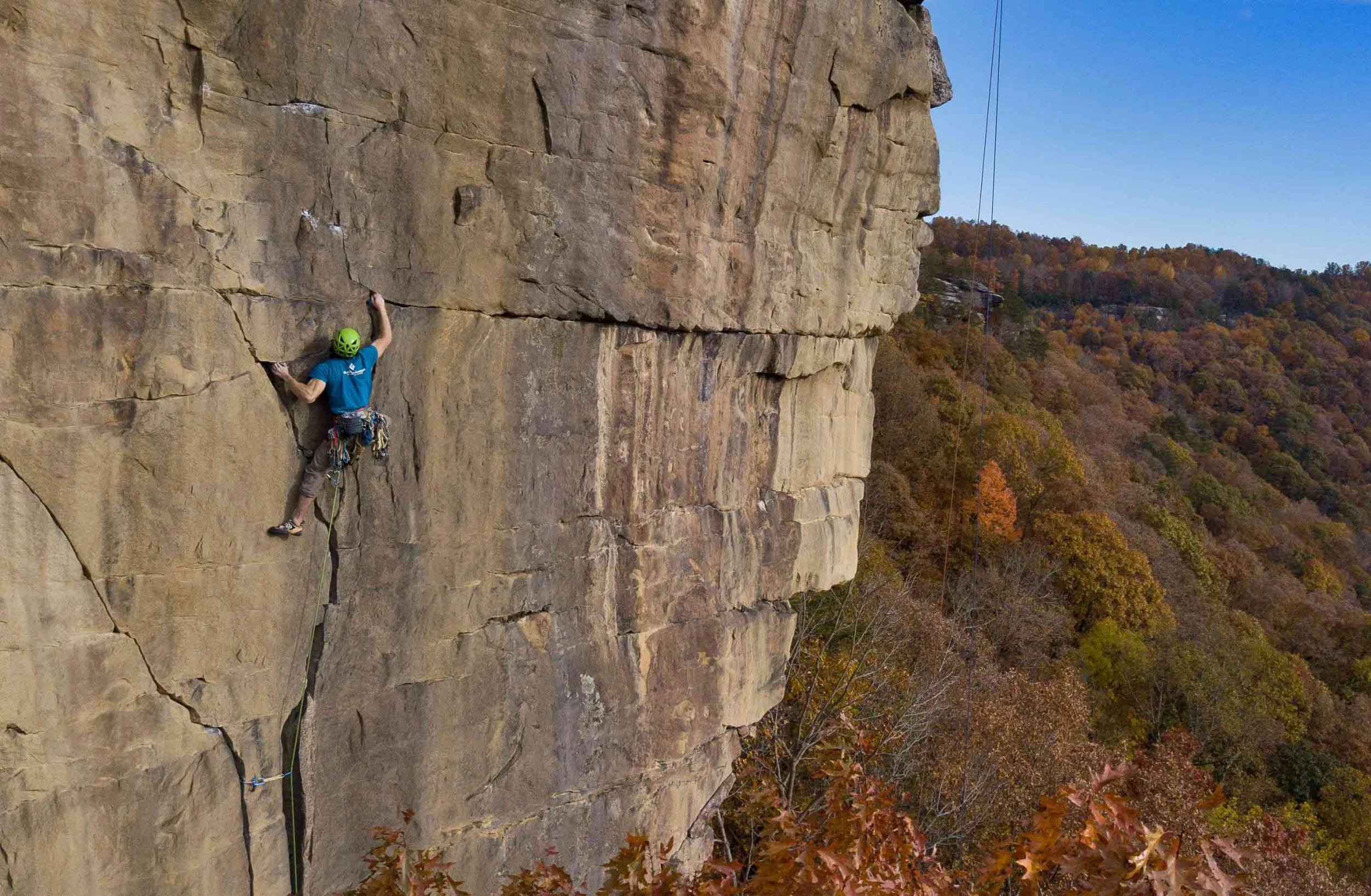
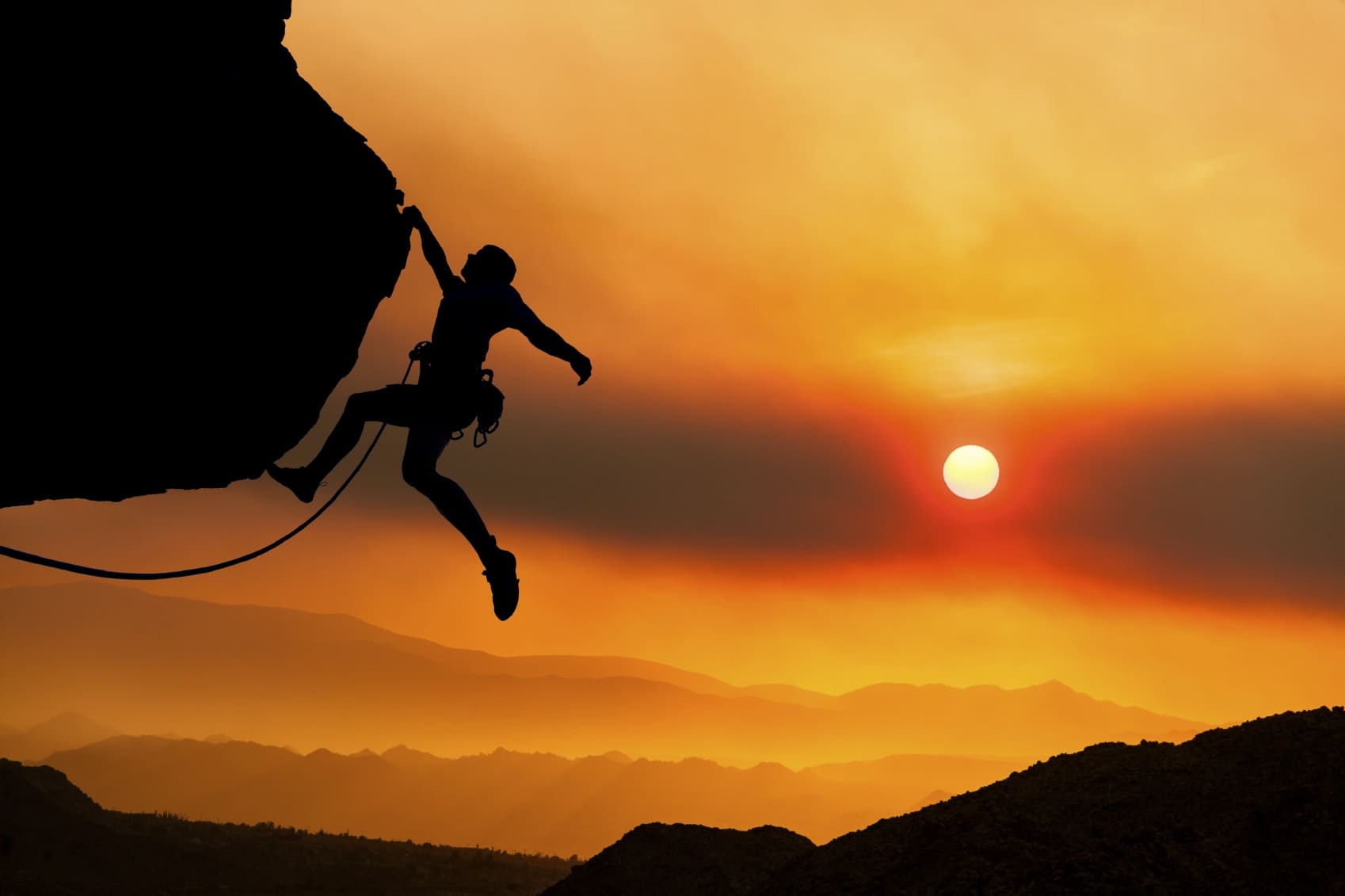
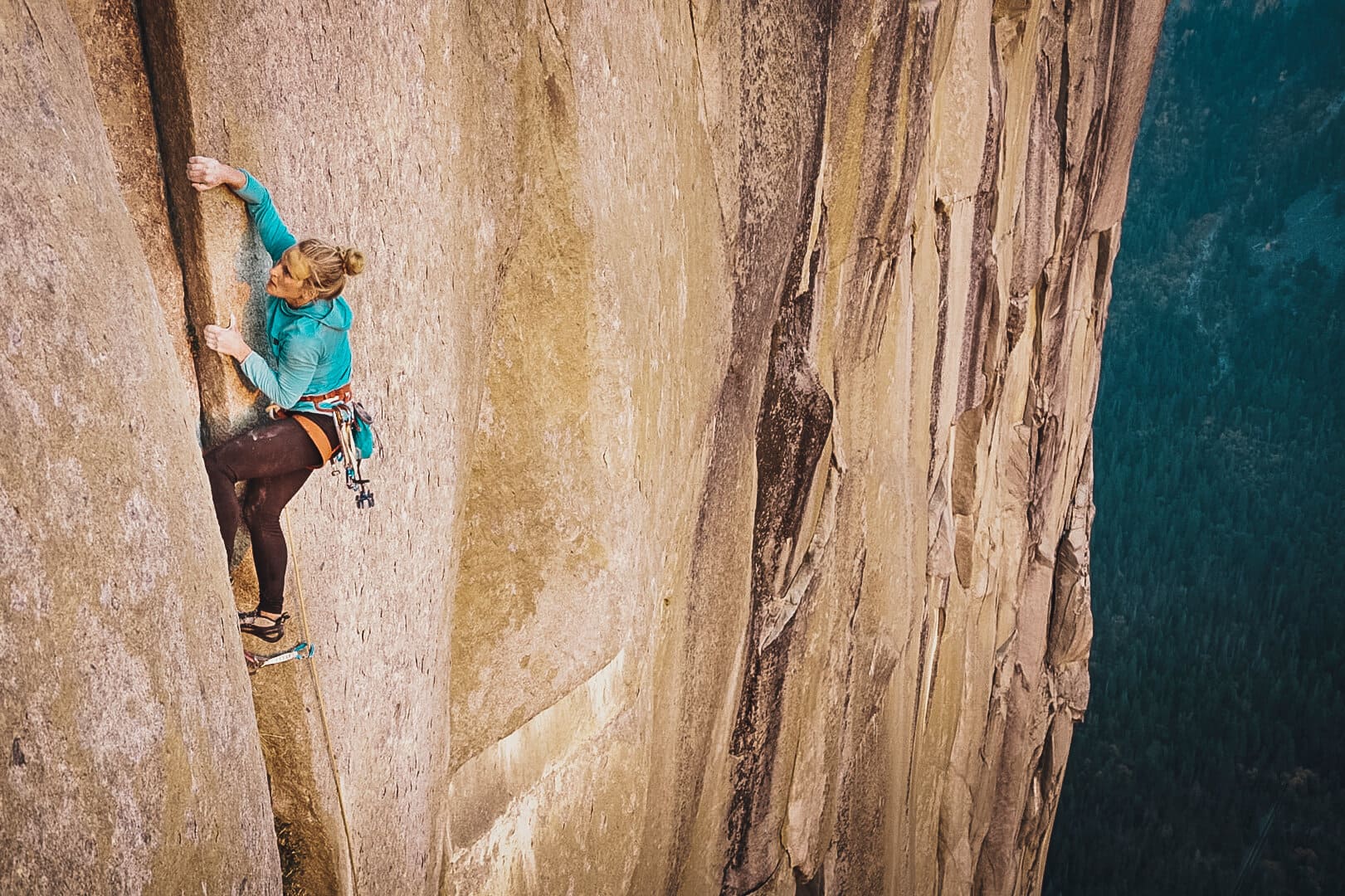
Ice Climbing
1 Mountain Top

Compact ice up to 70 degrees and up to 50 meters high.
2 Mountain Top

Compact ice up to 80 degrees with up to 3 pitches.
3 Mountain Top

Compact ice up to 80 degrees with short vertical lifts.
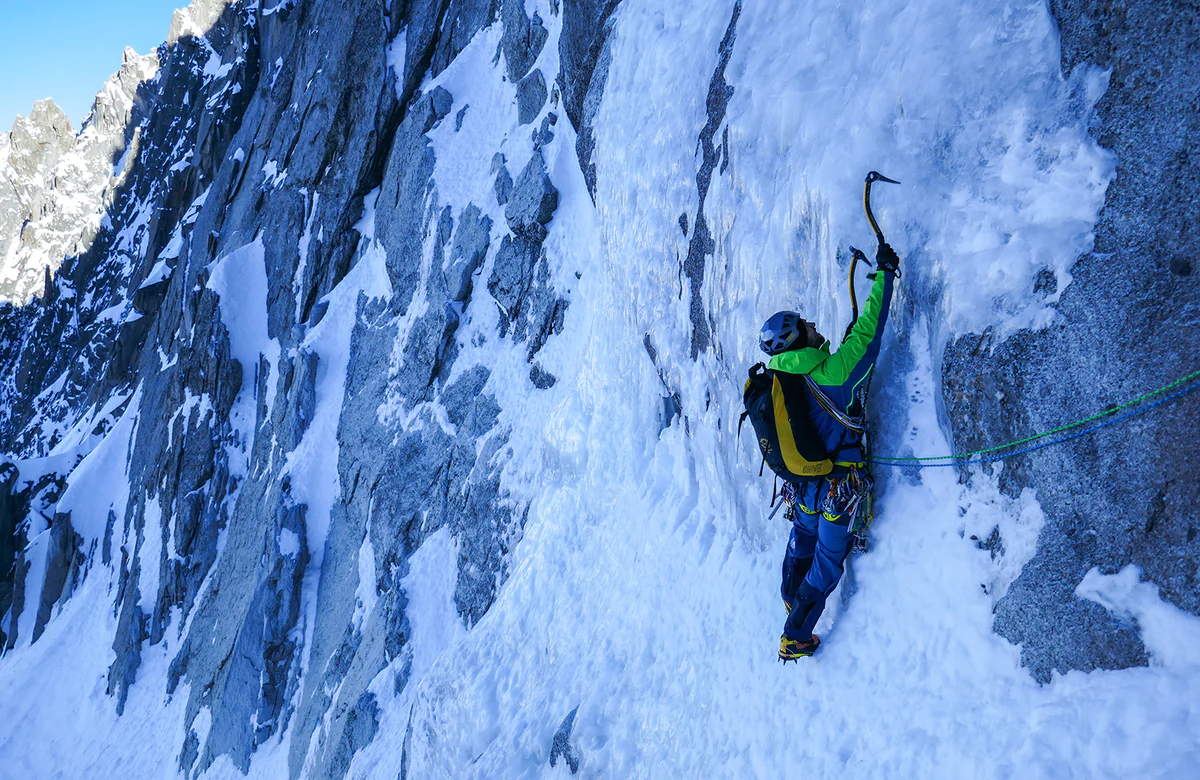
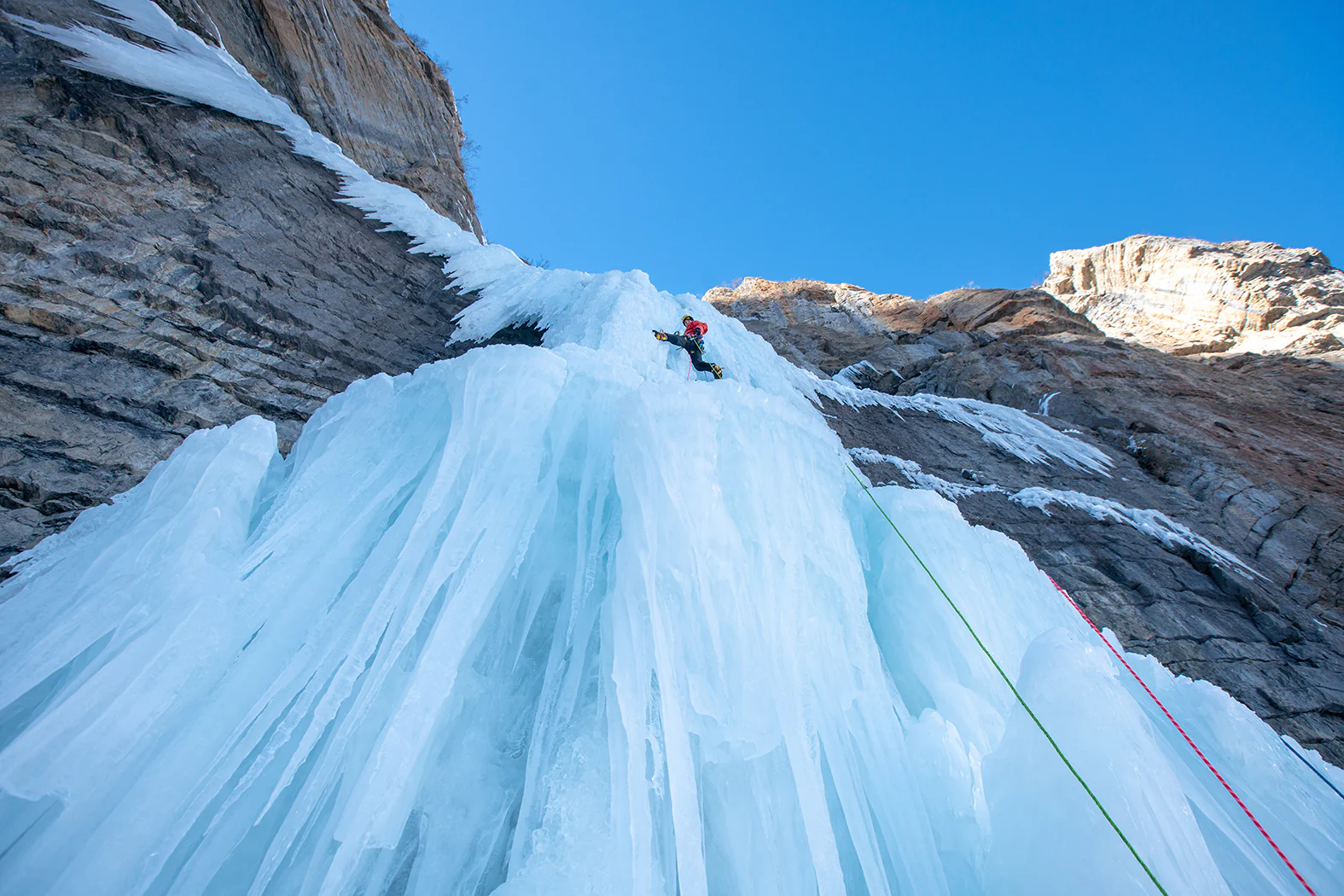
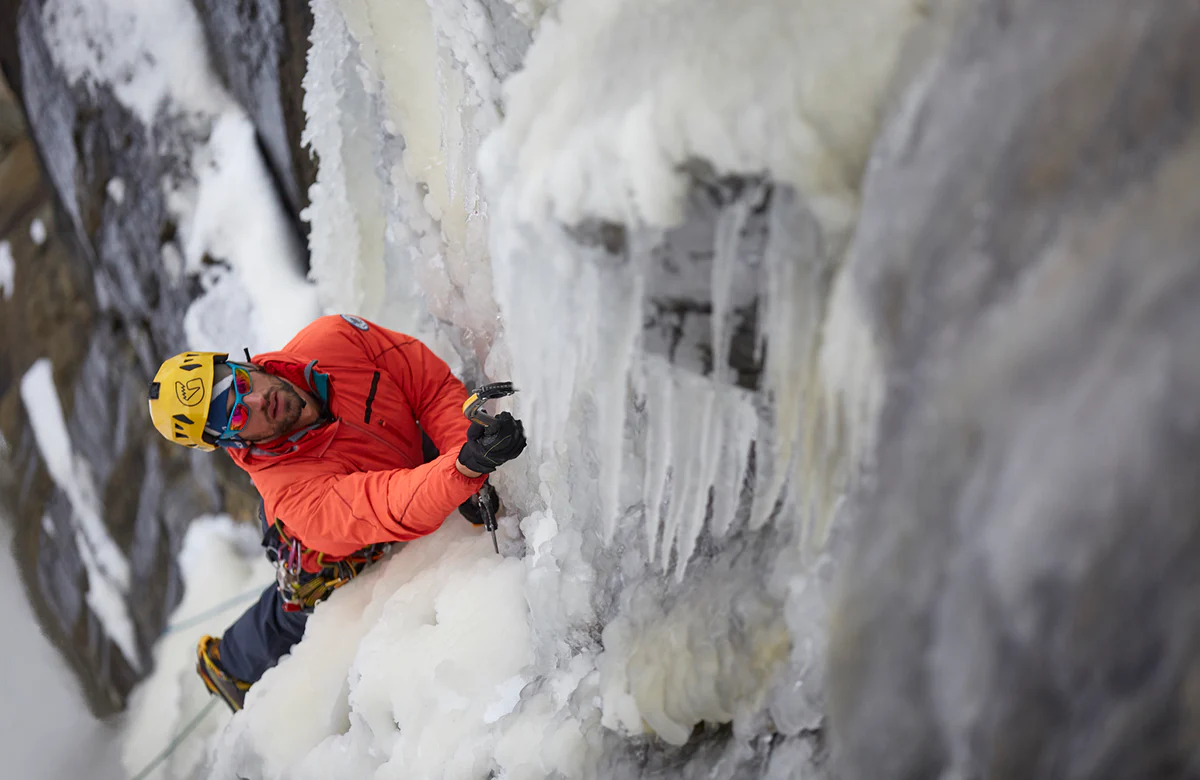
Condition
up to 3000 m above sea level**
1 Mountain Top

up to 400 m altitude difference or walking time up to 3 h*
2 Mountain Top

up to 800 m altitude difference or walking time up to 6 h*
3 Mountain Top

up to 1200 m altitude difference or walking time up to 9 h*
4 Mountain Top

up to 1600 m altitude difference or walking time up to 12 h*
5 Mountain Top

over 1600 m altitude gain or walking times over 12 h*
up to 5000 m above sea level**
1 Mountain Top

up to 300 m altitude difference or walking time up to 3 h*
2 Mountain Top

up to 600 m altitude difference or walking time up to 6 h*
3 Mountain Top

up to 900 m altitude difference or walking time up to 9 h*
4 Mountain Top

up to 1200 m altitude difference or walking time up to 12 h*
5 Mountain Top

over 1200 m altitude gain or walking times over 12 h*
over 5000 m above sea level**
2 Mountain Top

up to 400 m altitude difference or walking time up to 6 h*
3 Mountain Top

up to 600 m altitude difference or walking time up to 9 h*
4 Mountain Top

up to 800 m altitude difference or walking time up to 12 h*
5 Mountain Top

over 800 vertical meters or walking times over 12 hours*
Ski-Plus Condition
1 Mountain Top

up to 1500 m descent
2 Mountain Top

up to 3000 m descent
3 Mountain Top

up to 4500 m descent
4 Mountain Top

more than 5000 m descent * Maximum
* Maximum daily meters in altitude and walking times without breaks
** Predominant altitude of the stages in meters above sea level
Bike Trips
Peru Expeditions Tours Difficulty Rating for Bike Travel Programs
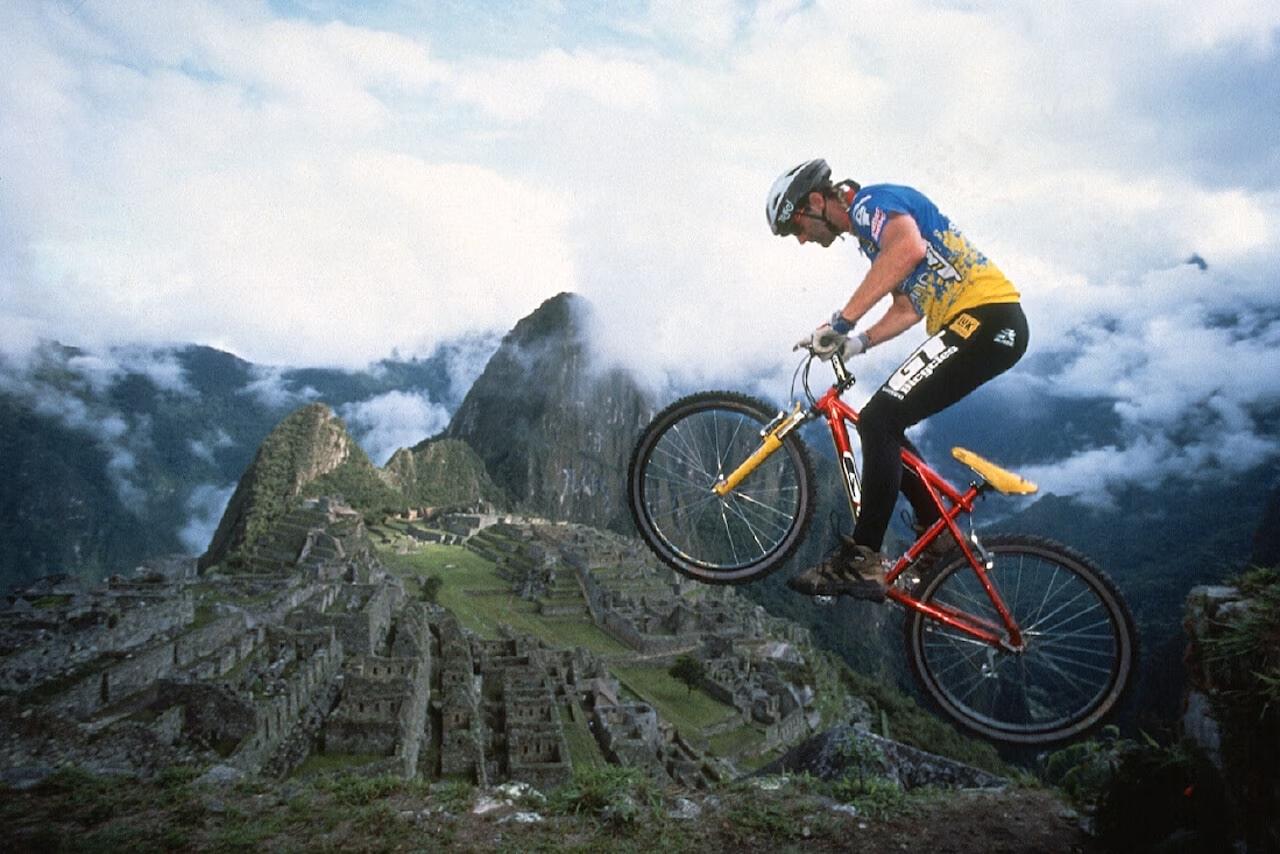
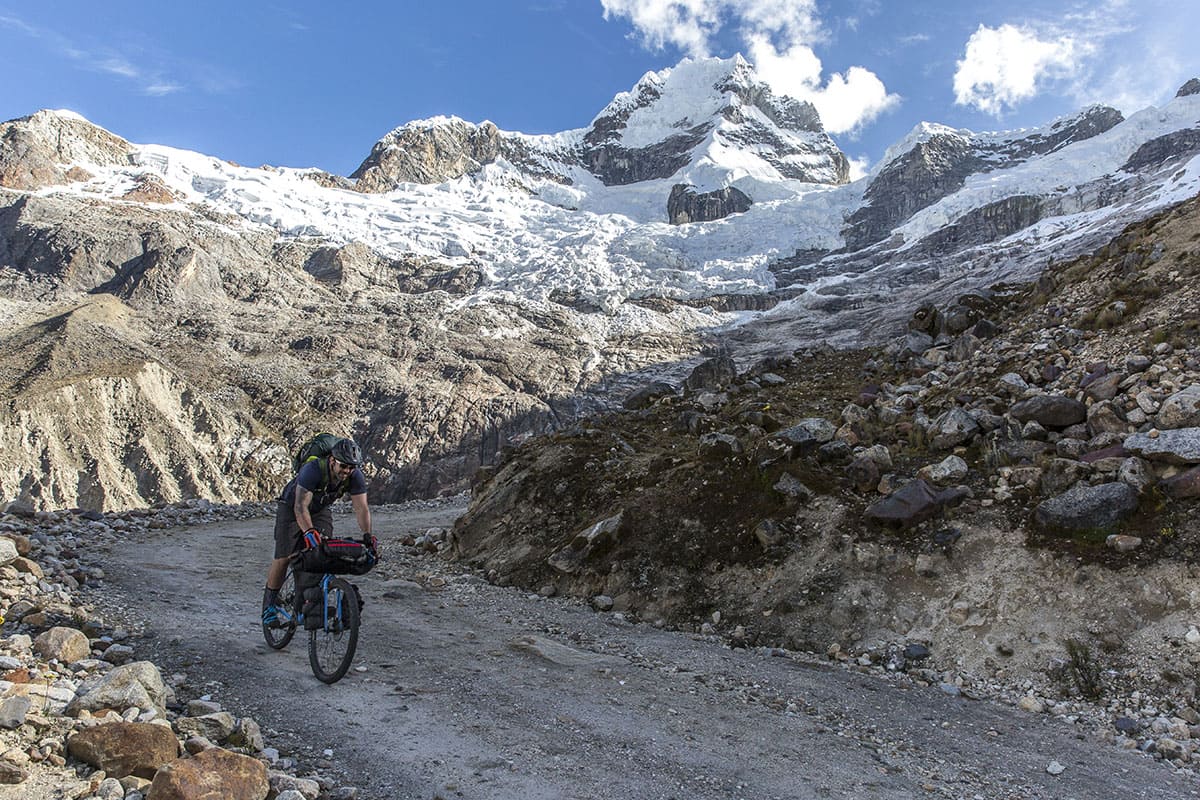
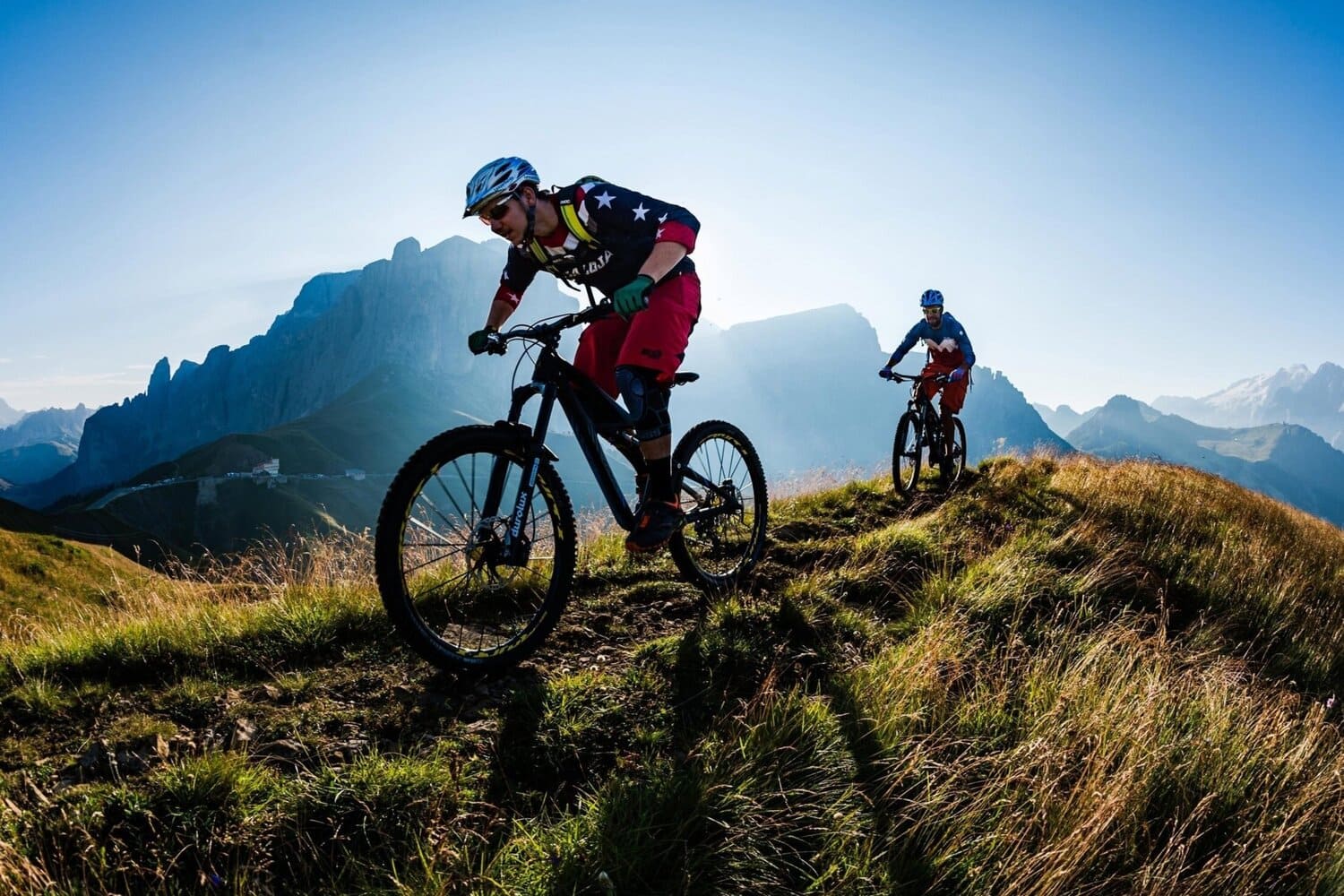
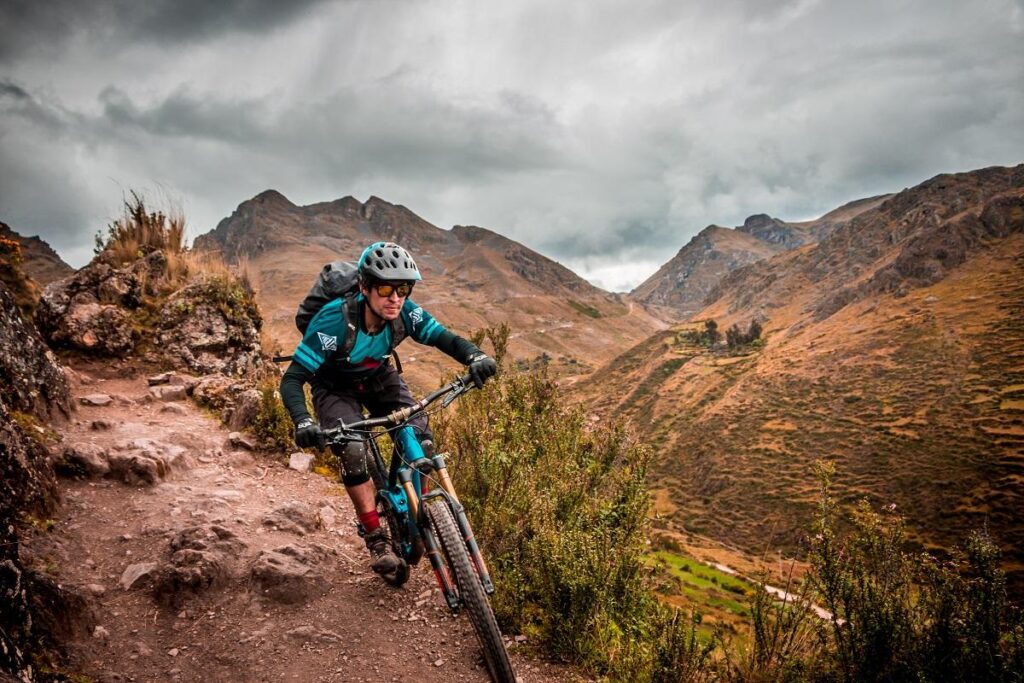
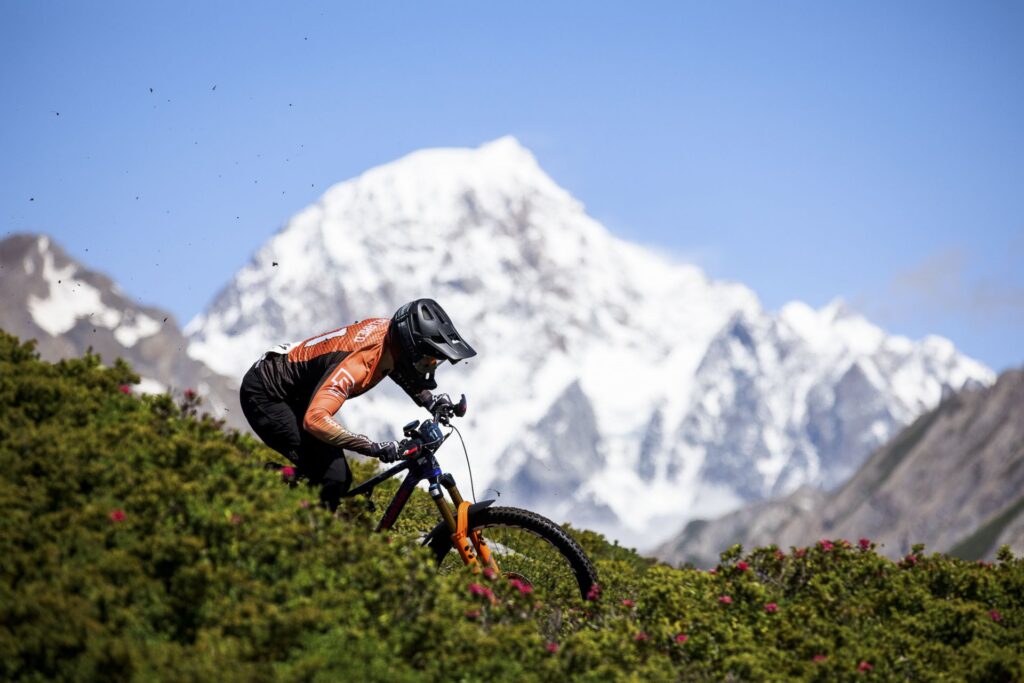
Technology
1 Mountain Top

Firm, non-slip surface, sometimes loose stones, split, small roots
No special technical driving skills required, easy obstacles can be rolled over
2 Mountain Top

Loose ground, small roots and stones, flat heels
Advanced driving technique required
3 Mountain Top

Larger roots and rocks, loose debris, slippery ground, trails
Very good bike control necessary
4 Mountain Top

Blocked terrain, loose ground, high heels, switchbacks
Perfect bike control Basic trail techniques required
Condition
1 Mountain Top

Meters in altitude: Ø < 800
Kilometers: Ø < 40
2 Mountain Top

Meters in altitude: Ø < 1200
Kilometers: Ø < 60
3 Mountain Top

Meters in altitude: Ø < 1600
Kilometers: Ø < 80
4 Mountain Top

Meters in altitude: Ø < 2000
Kilometers: Ø < 100
High altitude has a performance-reducing effect, this factor is taken into account in the evaluation (Himalayas, Andes).
5 Mountain Top

Altitude meters: > 2000
kilometers: > 100
